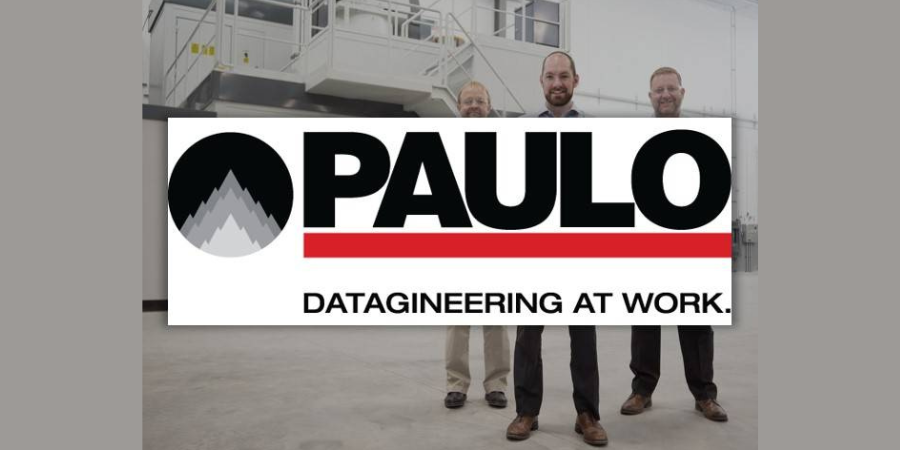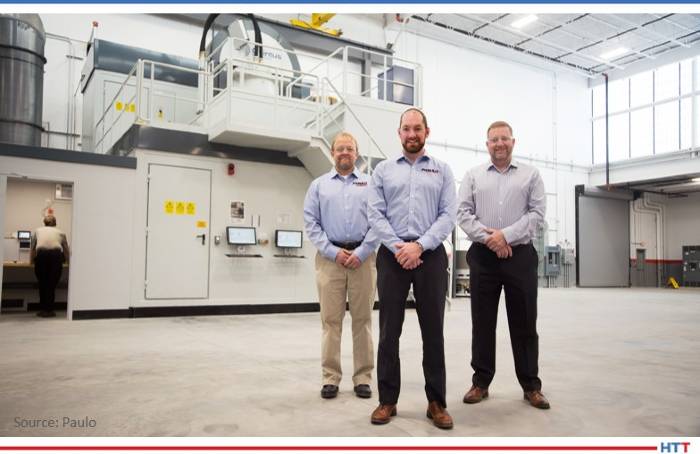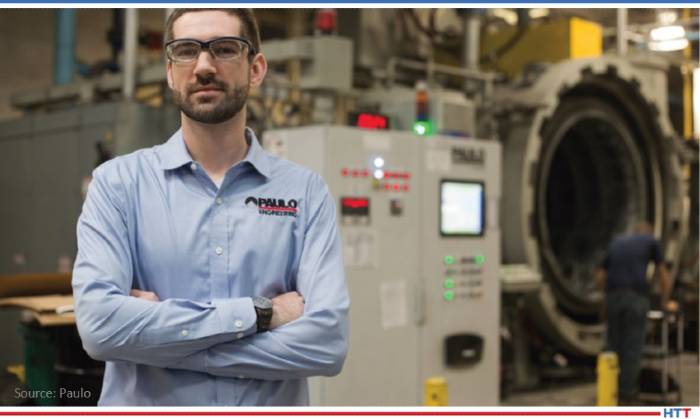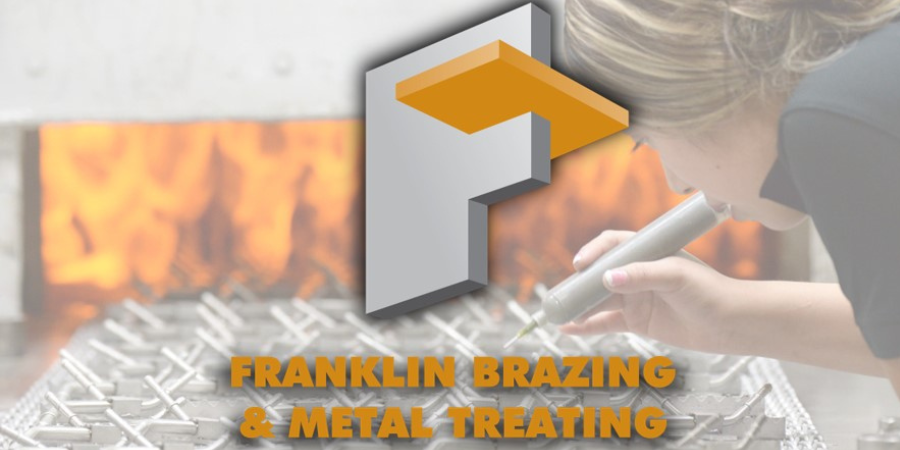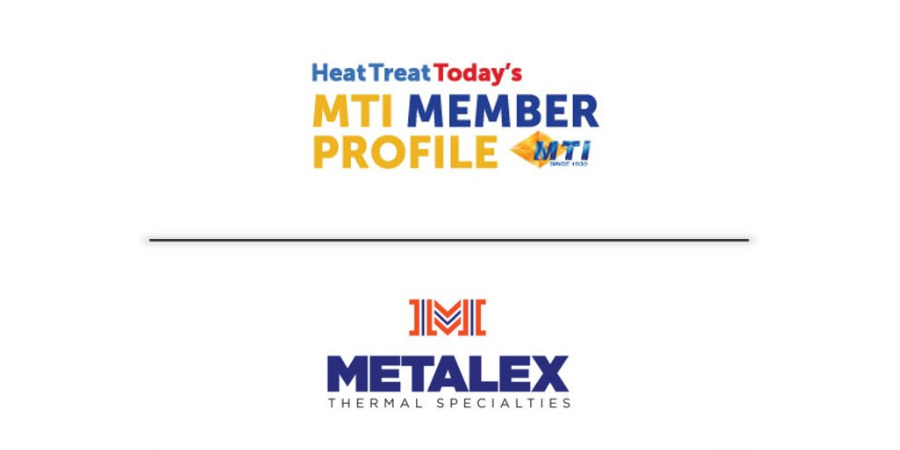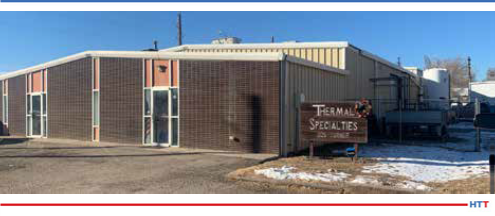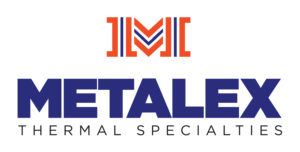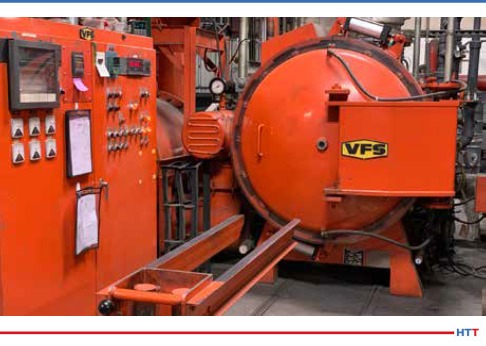Kowalski Heat Treating
![]() A company that does tough jobs no one else wants to and has a big personality? That’s Kowalski Heat Treating (KHT). They specialize in PIA (pain in the @%$) jobs. The company was started in 1975 by Robert S. Kowalski in a 3,000 sq. ft. facility to service the needs of tool and die industries in northern Ohio using salt bath technology. Since its inception, KHT has grown to encompass over 80,000 sq. ft. of processing capacity on nine campuses with 48 employees.
A company that does tough jobs no one else wants to and has a big personality? That’s Kowalski Heat Treating (KHT). They specialize in PIA (pain in the @%$) jobs. The company was started in 1975 by Robert S. Kowalski in a 3,000 sq. ft. facility to service the needs of tool and die industries in northern Ohio using salt bath technology. Since its inception, KHT has grown to encompass over 80,000 sq. ft. of processing capacity on nine campuses with 48 employees.
Today the company is led by next generation President Stephen Kowalski, who is supported by family members and specialists in sales, manufacturing, procurement, logistics, delivery, warehousing, lab technicians, and supply chain management. It is a family business that works to have fun dealing with customers’ never-ending stream of problem jobs. They can fixture/clamp over one million pieces of various sizes up to 60” per week.
 Over the years, based on customer demand, KHT has consistently invested in service capacity in its specialty divisions which include K-Vac (high pressure quench vacuum processing), K-Salt (rack salt to salt — austempering and marquenching), K-Flat (high volume fixture flattening up to 60” in diameter), K-Life (deep cryogenic processing),
Over the years, based on customer demand, KHT has consistently invested in service capacity in its specialty divisions which include K-Vac (high pressure quench vacuum processing), K-Salt (rack salt to salt — austempering and marquenching), K-Flat (high volume fixture flattening up to 60” in diameter), K-Life (deep cryogenic processing),
K-Glow (pulsed plasma ION nitriding), and K-Labs (specialty on-site laboratory for performance testing). Also included is K-Solve: prototype development of processes, equipment, and tooling for the heat treating industry with 3D development of tooling to optimize processing. Together these divisions are serving a vast array of industries like
automotive, military, agriculture, power transmission, oil and gas, transportation, construction equipment, heavy industrial, and outdoor power equipment.
These services ensure consistent processing of distortion sensitive, highly engineered components. The most important process for KHT is rack salt to salt which enables unique flexibility to solve marquenching and austempering problems.
 There are the usual parts a heat treat company can work on, and then there are. . . swords! They may seem like a thing of the past but are still being made. Hand-made, period-specific broad swords are the most interesting parts the company has worked on. The customer had put 2,000 hours into the blade, and asked KHT to manage the blade and edge hardening. Now that was downright scary!
There are the usual parts a heat treat company can work on, and then there are. . . swords! They may seem like a thing of the past but are still being made. Hand-made, period-specific broad swords are the most interesting parts the company has worked on. The customer had put 2,000 hours into the blade, and asked KHT to manage the blade and edge hardening. Now that was downright scary!
As far as future planning goes, the company will continue investing in both technology and people to service their markets, while providing the training, tools, and opportunities for the next generation of KHT problem solvers to grow both professionally and personally.
 Find heat treating products and services when you search on Heat Treat Buyers Guide.com
Find heat treating products and services when you search on Heat Treat Buyers Guide.com
Kowalski Heat Treating Read More »




 quality and service focused commercial heat treater in southeastern Wisconsin and that’s how the story of Service Heat Treating began. They started small with two batch furnaces and have grown over the years to have 18 furnaces total. The company began servicing agricultural and construction equipment suppliers and have diversified over the years to include automotive, consumer products, mining equipment, and other available markets. Included in their staff of 35 employees, Service Heat Treating has top metallurgical and QA experts to support engineering and process design and help solve metallurgical problems.
quality and service focused commercial heat treater in southeastern Wisconsin and that’s how the story of Service Heat Treating began. They started small with two batch furnaces and have grown over the years to have 18 furnaces total. The company began servicing agricultural and construction equipment suppliers and have diversified over the years to include automotive, consumer products, mining equipment, and other available markets. Included in their staff of 35 employees, Service Heat Treating has top metallurgical and QA experts to support engineering and process design and help solve metallurgical problems.



















